The ecosystem inside Son Doong Cave
Son Doong is the largest cave in the world with a length of nearly 9km, the height at some points is over 200m and the width is 150m. There are places where the cave ceiling collapsed around half a million years ago, creating dolines (skylights) that allow sunlight to get into the cave, facilitating plants and mosses, algae,… to grow. The biologists have found more than 200 species of plants living in Son Doong, including herbal epiphytes, mosses, vines, shrubs, small and large trees (over 40m high)...
There are some species of fish living in underground streams and pools. They have adapted to the eternal darkness inside the cave, becoming blind, and lacking any pigment or colouration. To the present, more than 7 new species have been found in Son Doong, such as fishes, woodlice, millipedes, spiders, scorpions... with the same features of no eyes and a transparent body.
The primary forest in the cave
Son Doong was formed about 2 to 3 million years ago, along a geological fault in the Truong Son mountain range by erosion of the Rao Thuong river. The width of the fault line, high quality limestone and tropical rainfall creates good conditions for the formation of limestone caves and also explains why Son Doong is so large. About 500,000 years ago, two dolines were also formed, allowing sunlight to get inside and plants to grow, creating two primeval forests below. Inside doline 1, called “Watch out for Dinosaurs”, the terrain is steep with very little soil, and the cave floor is mainly rocks. Moreover, the opening is narrow, so not much sunlight can enter. Therefore, this area only has shrubs such as ferns, or small trees, mosses and algae. Doline 2 has a large primeval forest with trees over 40m high. It looks like a normal jungle but actually, this one is located more than 200m below the limestone mountains, deep inside the cave. Thus, Son Doong not only has many strange and giant cave formations but also contains a special primeval forest known as the Garden of Edam.
Vegetation in Son Doong Cave.
Biodiversity
Thanks to all the factors of climate, weather, sunlight, and humidity, a complete ecosystem has formed right inside the cave, with the typical characteristics of tropical forests. A full food chain cycle is composed of inert material such as rock, water, growth in soil and plants; consumption by herbivores (squirrel, bug, cricket, millipede, woodlice.. and carnivores (snake, bat, weasel…); decomposition by bacteria, fungi...
New species found
Up to now, biologists have found more than 7 new species in Son Doong, including some fish, woodlice, millipedes, spiders, and scorpions… with the same feature of having no eyes and a transparent body. These creatures were recognized by German and Vietnamese biologists as new species.
Some new species of fish, woodlice, centipedes, millipedes, spiders, scorpions,... with white body and no eyes founded in Son Doong Cave.
Climate and weather in Son Doong Cave
Son Doong has a very large volume that can contain skyscrapers. There are streams, waterfalls, primeval forests and cave ceilings that are high enough for a Boeing to fly through. Thanks to its giant volume and dolines (skylights), Son Doong Cave has its own weather system, the temperature is quite stable, maintained at 22-25 degrees Celsius in summer and 17-22 degrees Celsius in winter. With these unique factors, the ecosystem created inside Son Doong Cave cannot be found anywhere else.
Clouds at Doline 2.
The Oxalis Experience.
Whether you prefer long treks, camping in a cave, sleeping under the stars in the jungle, swimming underground in river caves, explore the huge dry caves or just taking an exploratory day trip, Oxalis Adventure Tours can provide the right amount of adventure just for you.



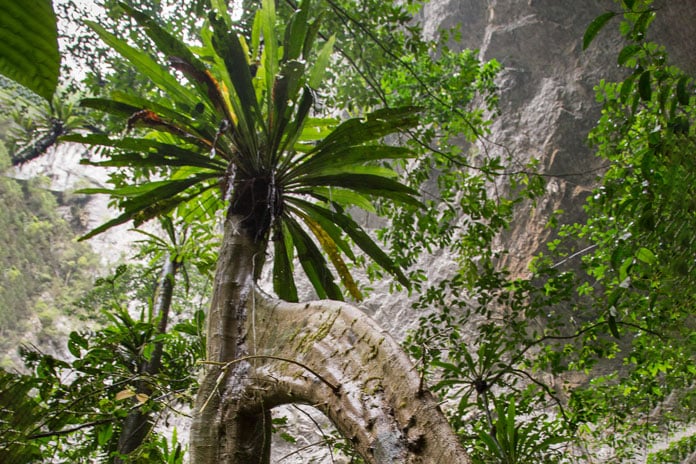
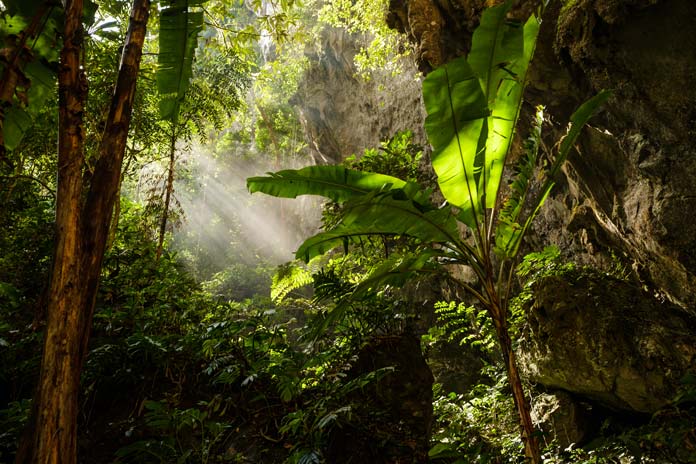
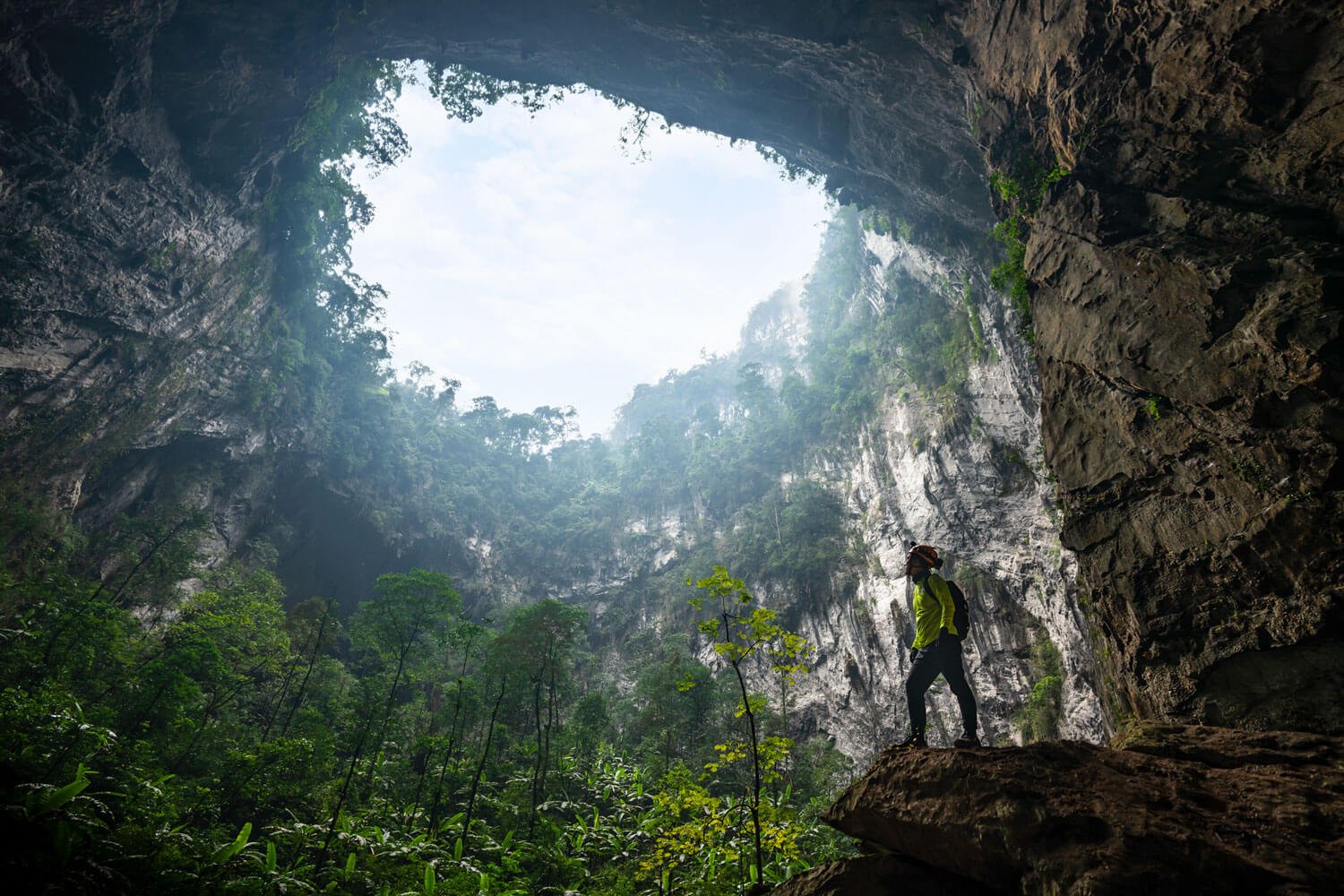
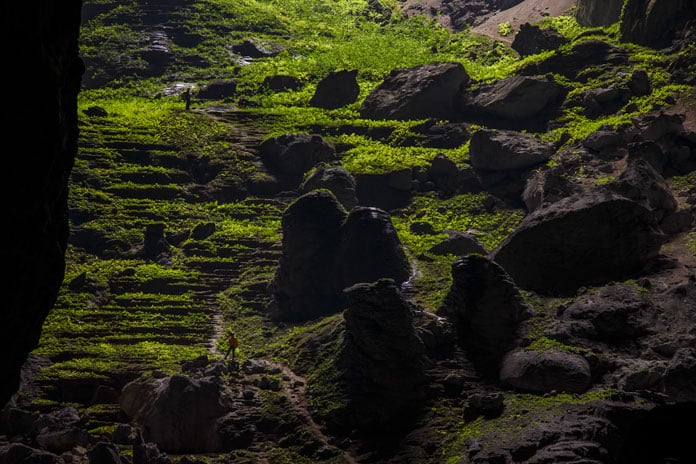
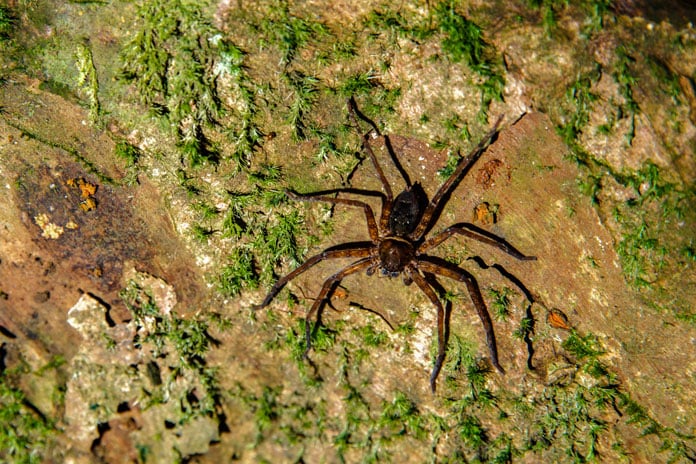
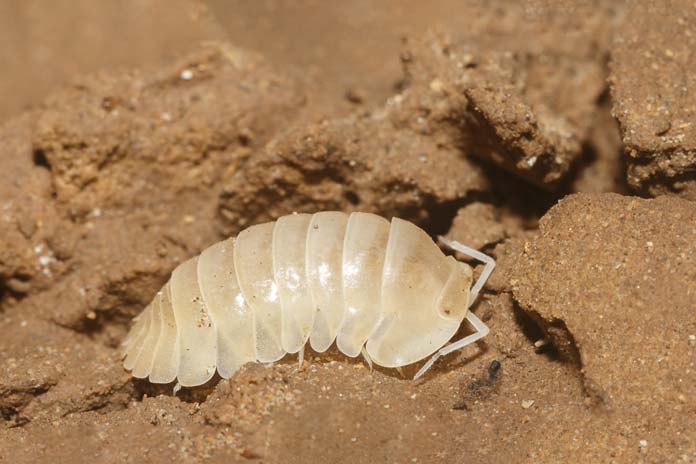
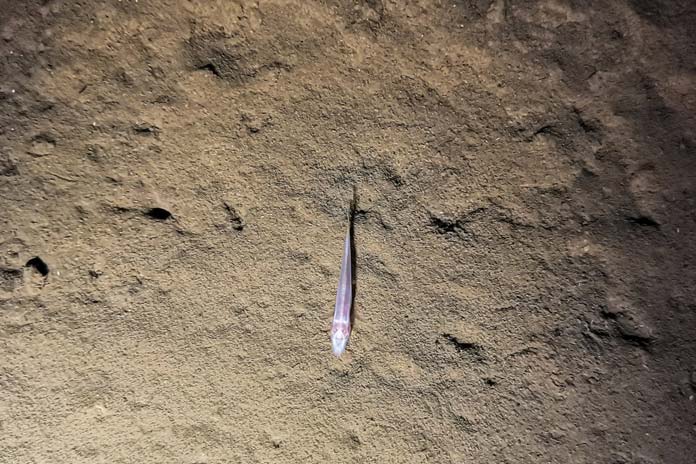
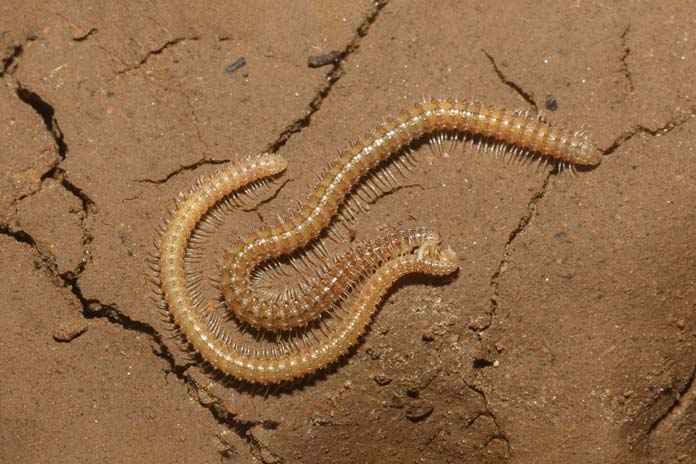
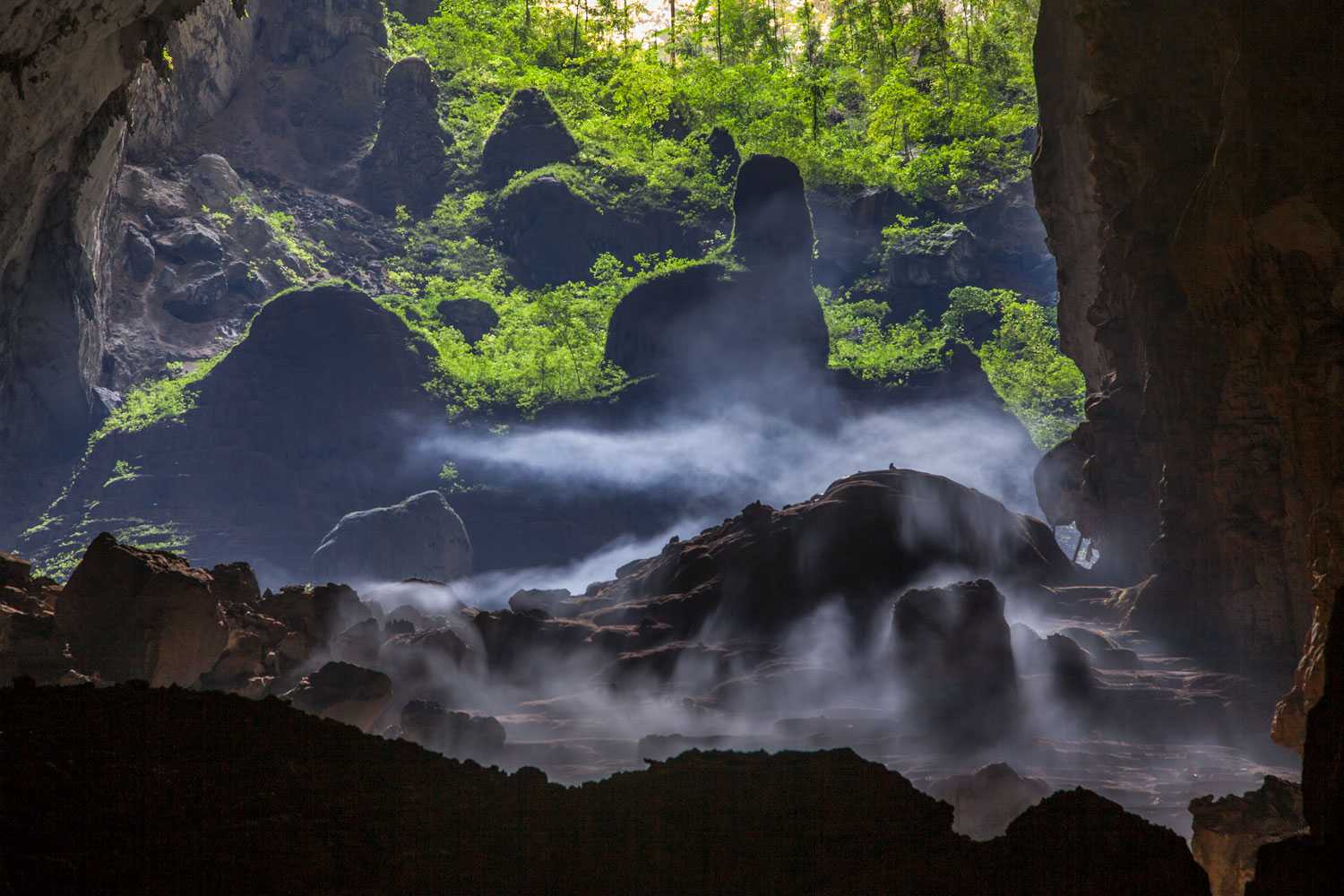
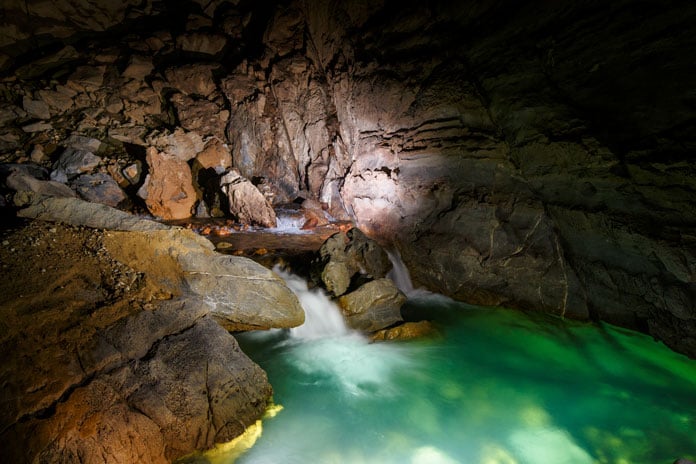
__637740499994967442.jpg)
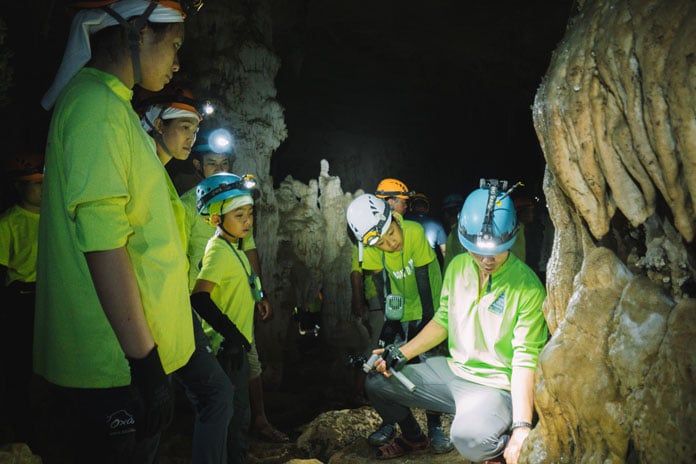
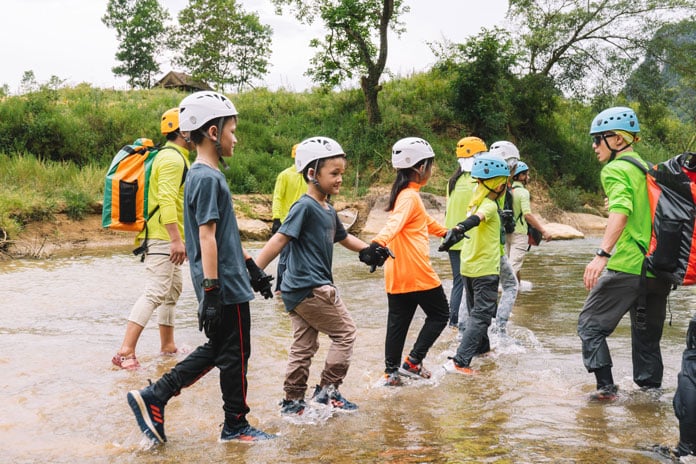
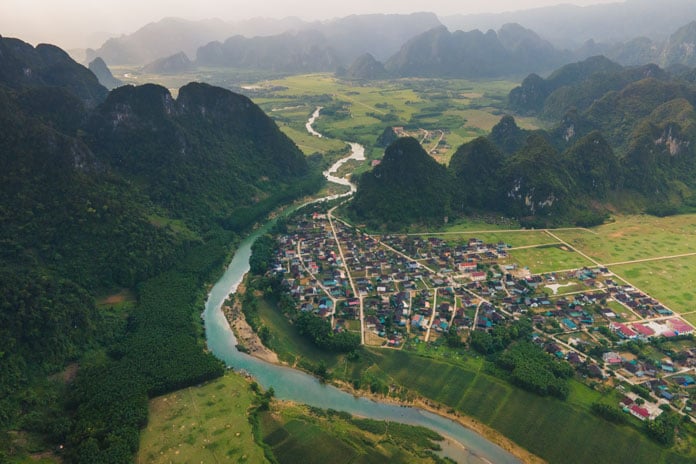
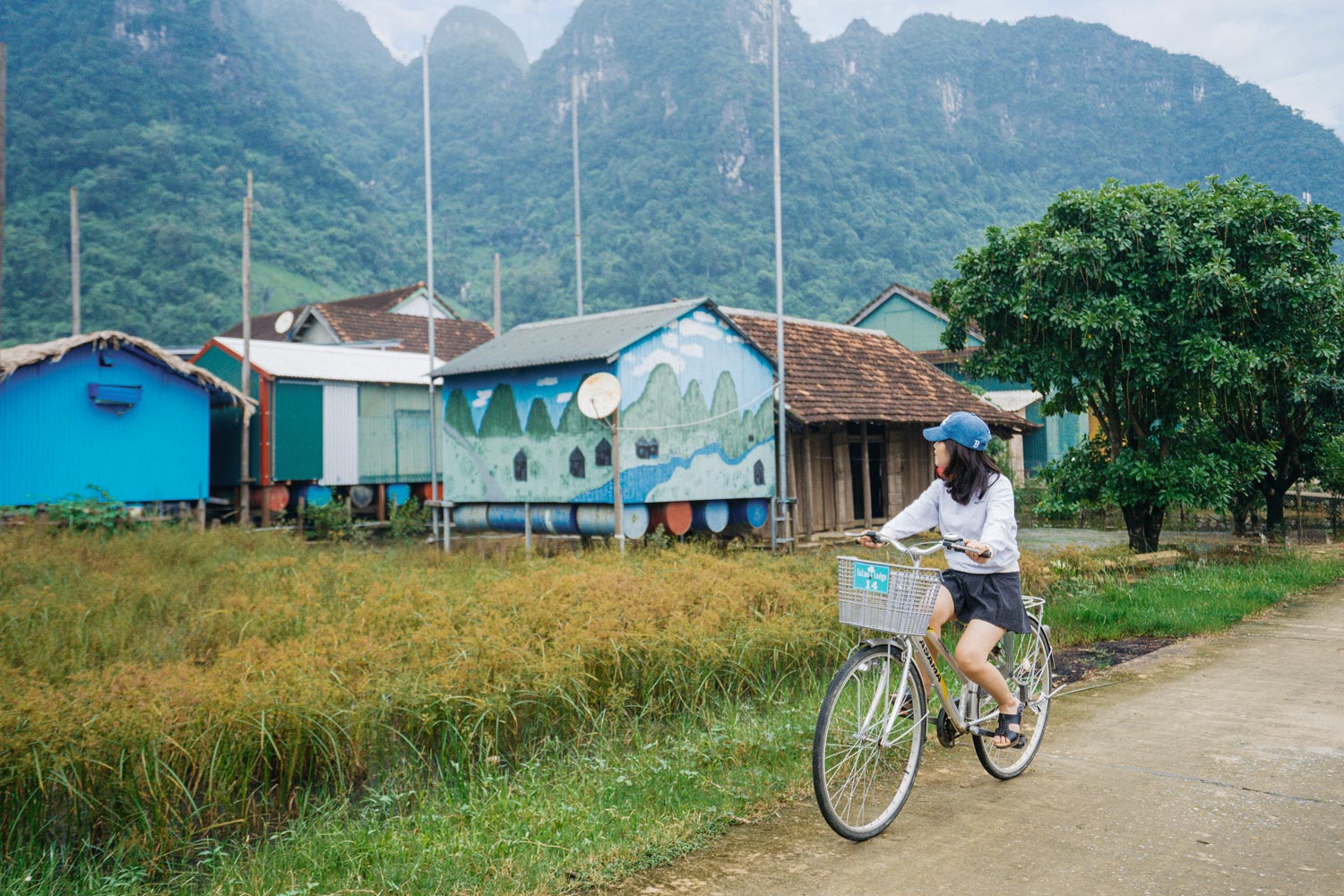
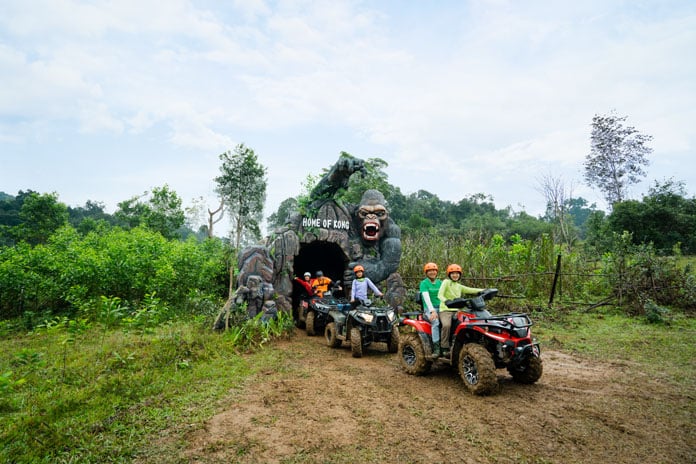
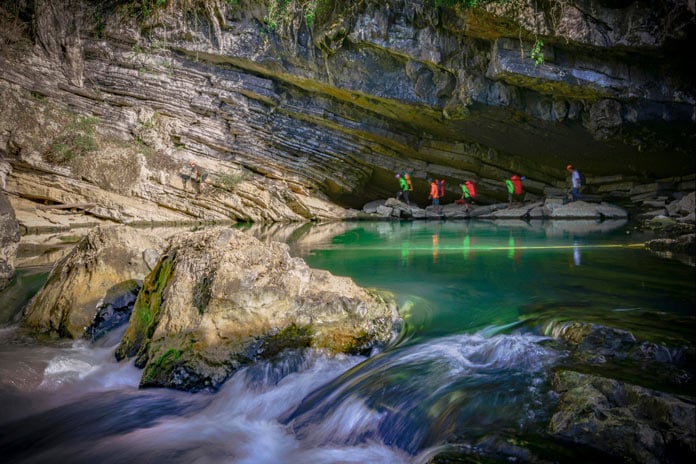
__637051767008903435.jpg)
__637051765075307793.jpg)
__637051774329206026.jpg)
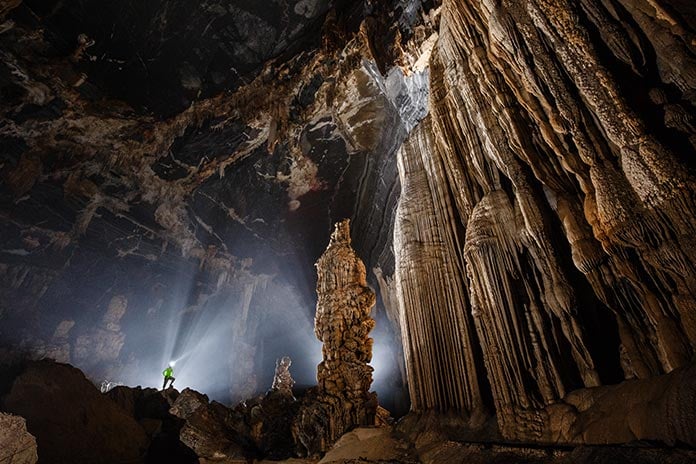
__637051782550081035.jpg)
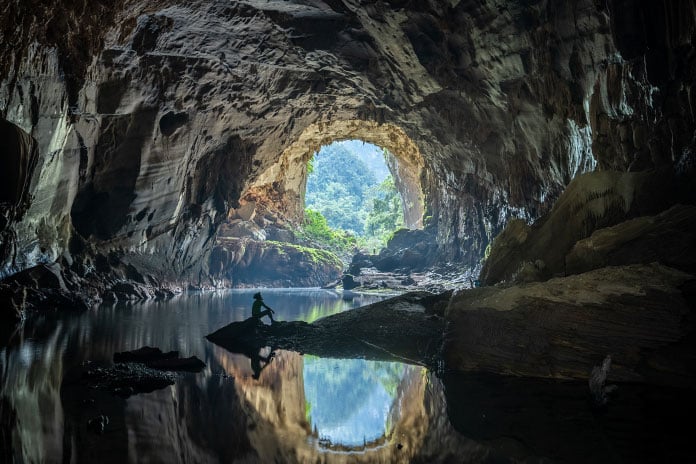
__637051777074859032.jpg)
__637051780703588520.jpg)
__637051781488596056.jpg)